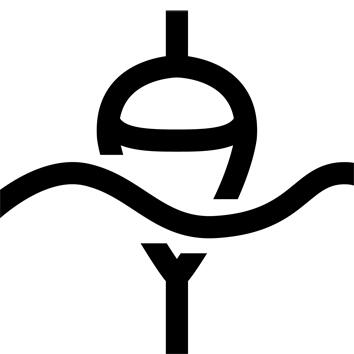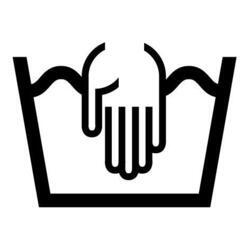How to choose the right combination (Part 1)
The first criterion for choosing a wetsuit is water temperature. Water temperature varies according to location and time of year. So always make sure that the water temperature at your spot corresponds to the recommended temperature range: Waters above 21°C. Water between 17 and 22°C. Water between 12 and 17°C. Water between 7 and 12°C. Consult seatemperature.org to find out the temperature of your spot.
How to choose the right combination (Part 2)
The 2nd criterion to consider is the duration of your sessions. If your sessions last less than an hour, the 100 models will be suitable. For up to 2 hours, opt for the 500 models, and for up to 3 hours, the 900 models.
Compared to the 100 models, the 500 models will be warmer (and more waterproof), will limit fatigue more (more freedom of movement) and will better limit chafing. The same applies to 900 models compared to 500 models.
NB: 900 models are easier to put on.
Choosing the right size
To get the most out of your wetsuit, you need to choose the right size. A wetsuit should fit snugly and there should be no visible creases. When dry, it's normal to feel too tight, but this discomfort disappears as soon as the wetsuit gets wet. If you choose a wetsuit that's too big, wrinkles will form and chafing will occur.
Try it on before you buy!
Materials
This 100 4/3 wetsuit Tribord is made of genuine neoprene for enhanced thermal comfort. The neoprene is lined with polyamide fabric for greater abrasion resistance. Neoprene thickness: 4 and 3 mm. Neoprene is a closed-cell elastomer foam (polychloroprene).
Collar
The collar finish has been designed to limit irritation. Depending on individual sensitivity, a UV top can be worn under the suit to limit the risk of irritation. We also recommend applying a greasy cream (e.g. Vaseline) to areas of friction (neck, armpits, knees) for long periods of use.
Be sure to position the flap inside the suit to limit any risk of irritation from the zip and collar.
Sealed assembly
The seams are sewn and glued to guarantee watertightness and durability. The seam is "blind", meaning that the thread does not go through the entire thickness of the neoprene, thus preventing water from passing through. The absence of threads on the inside prevents chafing. Internal comfort and reinforcement patches are placed at sensitive points.
Closing
Our zips and fasteners are laboratory-tested to ensure optimum durability and resistance to salt water.
We position the fastener at the back of the wetsuit for greater comfort when practicing board sports (lying down while rowing).
Zipper pull
Legislation requires us to use a short cord on the zipper of junior products to avoid the risk of strangulation for younger children. For older children, you can add a longer cord so that they can manipulate the zipper on their own. A small Velcro fastener prevents the slider from opening accidentally during use.
Anti-irritation cut
We designed this product with seamless panels under the arms to limit irritation from repeated rowing movements in board sports.
Stay warmer longer with thermal accessories! There's something for every temperature range...
When we're in the water, it's through our extremities (feet, hands, head) that we lose more than half our body heat.
Therefore, here are the recommended accessories:
- in water (>17°C) => neoprene socks.
- in water (12 - 17°C): high booties and gloves.
- in water (7 - 12°C): high booties, gloves, balaclava and balaclava top.
Multi-sport wetsuits
Our wetsuits are designed to meet the needs of the most demanding surfers. Our design choices also make them compatible with other water sports such as kitesurfing, windsurfing, wakeboarding, water skiing, longe-côte and SUP (stand-up paddle).
What is the OLAIAN brand?
Surf products from TRIBORD become OLAIAN, the new Decathlon brand dedicated to surf, bodyboard & skimboard. Gradually, the markings on all our surf products will be replaced. Therefore, your product may have a different logo than the one shown on the product illustration.







